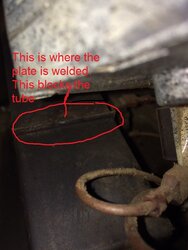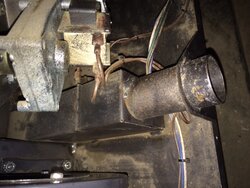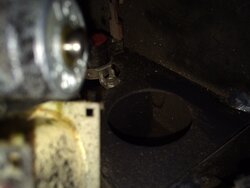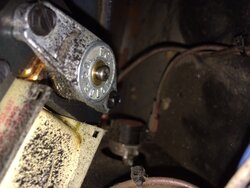Can anyone explain why the air inlet port is blocked off with a plate that is located in the inlet tube that is supposed to be for air going into the firebox? It's located in the tube behind where the high temp sensor is. There is also a round hole in the AIP housing before the plate. The plate doesn't completely block the tube. There is about a 1/4 of space between the bottom of the plate and the floor of the housing. I can hold a flame up to the end of the tube and it doesn't draw any air in it. The plate has a spot weld on it where it slides down into the tube from keeping it from being removed. According to the manual, the AIP is to be directed to outside of the house to draw cold air into the firebox.hole. If I connected the AIP up the way the manual shows, all I would do is get cold air coming into the tube and going nowhere except inside the house.








